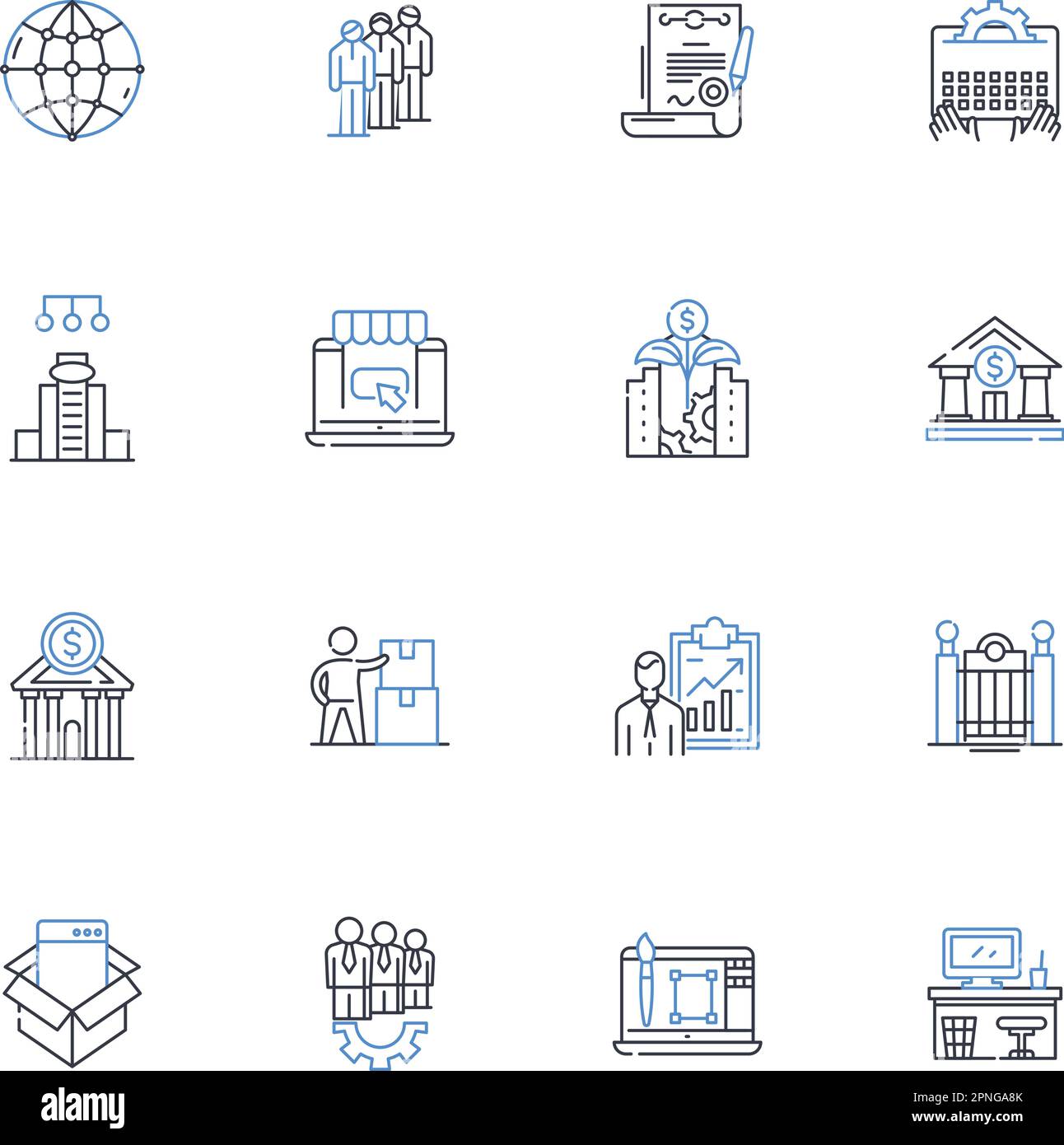Software Architecture Snares: Designing Systems for Maintainability and Scalability

Designing software architectures that can withstand the test of time and changing requirements is a complex task, fraught with potential pitfalls. This article explores some of the most common software architecture snares and provides guidance on how to avoid them.

- Lack of Modularity: A monolithic architecture makes it difficult to make changes to one part of the system without affecting other parts. This can lead to maintenance nightmares and can make it difficult to scale the system.
- Hard-coded Dependencies: Hard-coding dependencies between components makes it difficult to change one component without affecting others. This can lead to maintenance problems and can make it difficult to reuse components.
- Overly Complex Design: A complex architecture can be difficult to understand and maintain. This can lead to errors and can make it difficult to scale the system.
- Lack of Scalability: A system that is not designed for scalability will eventually hit a wall when it comes to handling increases in traffic or data. This can lead to performance problems and can make it difficult to grow the business.
- Lack of Maintainability: A system that is not designed for maintainability will be difficult to change and update. This can lead to increased costs and can make it difficult to respond to changing requirements.
To avoid these snares, architects should focus on designing systems that are modular, loosely coupled, and scalable. They should also use standard interfaces and avoid hard-coding dependencies. By following these guidelines, architects can create systems that are easier to maintain, scale, and change.Software Architecture Snares: Designing Systems For Maintainability And Scalability

Executive Summary
Well-designed software architecture is a critical foundation for maintaining the health of any software application. Poor architecture can lead to significant challenges in maintaining and scaling the application, while also increasing the risk of errors and vulnerabilities. This article explores common pitfalls in software architecture, particularly focusing on the principles of maintainability and scalability. By understanding these principles and avoiding the pitfalls described, architects can create systems that are easier to maintain, scale as needed, and deliver optimal performance and reliability.
Introduction
In the complex and ever-evolving world of software development, architects play a pivotal role in shaping the foundation upon which successful applications are built. The architecture of a software system defines its structure, components, and their relationships, serving as the blueprint for its functionality, scalability, and maintainability. Failure to adhere to best practices in software architecture can result in systems that are difficult to modify, error-prone, and incapable of handling growing demands. This article delves into the common pitfalls that can ensnare software architects, particularly those related to maintainability and scalability. By navigating these pitfalls, architects can craft systems that are robust, resilient, and capable of meeting the ever-changing needs of the modern digital landscape.
Frequently Asked Questions (FAQs)
1. What is the significance of maintainability in software architecture?
Maintainability refers to the ease with which a software system can be modified, extended, and improved without introducing errors or unintended consequences. A well-maintained system is essential for accommodating changing requirements, fixing bugs, and enhancing functionality throughout the application’s lifecycle.
2. Why is scalability crucial in software architecture?
Scalability pertains to the ability of a software system to handle increasing loads and demands without compromising performance or reliability. As user bases grow and new features are added, a scalable architecture ensures that the system can seamlessly adapt to the changing requirements, delivering a consistent and responsive experience.
3. How do I strike a balance between maintainability and scalability in my software architecture?
Achieving both maintainability and scalability requires careful planning and trade-offs. Architects should consider modular designs that allow for independent modifications and enhancements while also employing scalable infrastructure and design patterns that can handle growing demands.
Top 5 Subtopics
Separation of Concerns (SoC)
SoC is a fundamental principle of software architecture that promotes the division of a system into distinct modules or components, each responsible for a specific concern or functionality. This approach enhances maintainability by allowing developers to focus on specific areas of the system without affecting other components. It also improves scalability by enabling the independent scaling of modules as needed.
- Benefits:
- Improved maintainability through modularity
- Enhanced scalability through independent module scaling
- Reduced coupling between components
Loose Coupling
Loose coupling refers to the practice of minimizing dependencies between components in a software system. By limiting the interconnections and dependencies between modules, architects can increase the maintainability of the system. Loose coupling also enhances scalability by allowing modules to be replaced or upgraded independently without affecting the entire system.
- Benefits:
- Improved maintainability by reducing dependencies
- Enhanced scalability through independent module replacement
- Increased flexibility for future enhancements
Layered Architecture
Layered architecture involves organizing a system into distinct layers, each responsible for a specific set of related tasks. This approach enhances maintainability by promoting separation of concerns and reducing the complexity within each layer. Layered architecture also supports scalability by allowing for the independent scaling of layers, such as adding more servers to a web application layer to handle increased traffic.
- Benefits:
- Improved maintainability through layered separation of concerns
- Enhanced scalability through independent layer scaling
- Increased reusability of components within layers
Domain-Driven Design (DDD)
DDD is a software design approach that emphasizes the alignment between the application’s architecture and the domain it represents. By modeling the domain as a collection of entities, value objects, and services, DDD enhances the maintainability of the system by making it easier to understand and modify the codebase. DDD also supports scalability by providing a clear separation of concerns and allowing for the independent scaling of domain components.
- Benefits:
- Improved maintainability through domain-aligned design
- Enhanced scalability through separation of domain concerns
- Increased agility and responsiveness to changing requirements
Cloud-Native Architecture
Cloud-native architecture embraces the principles and technologies of cloud computing to design systems that are scalable, resilient, and cost-efficient. Leveraging cloud services and infrastructure, cloud-native architectures provide the flexibility to scale resources up or down as needed, reducing the burden of managing and maintaining physical infrastructure. This approach also enhances maintainability by enabling the use of managed services and automated DevOps practices.
- Benefits:
- Enhanced scalability through elastic resource provisioning
- Improved maintainability through managed services and automation
- Reduced infrastructure management overhead
Conclusion
Navigating the pitfalls of software architecture is essential for creating systems that are maintainable, scalable, and capable of meeting the ever-changing demands of the digital world. By embracing the principles of separation of concerns, loose coupling, layered architecture, domain-driven design, and cloud-native architecture, architects can lay the foundation for systems that are robust, resilient, and capable of evolving to meet future challenges. Failure to address these pitfalls can lead to brittle, error-prone systems that hinder innovation and growth. By adhering to best practices and employing these principles, architects can design and implement software systems that deliver optimal performance, reliability, and maintainability over the long term.
Keyword Tags
- Software architecture
- Maintainability
- Scalability
- Separation of concerns
- Cloud-native architecture


